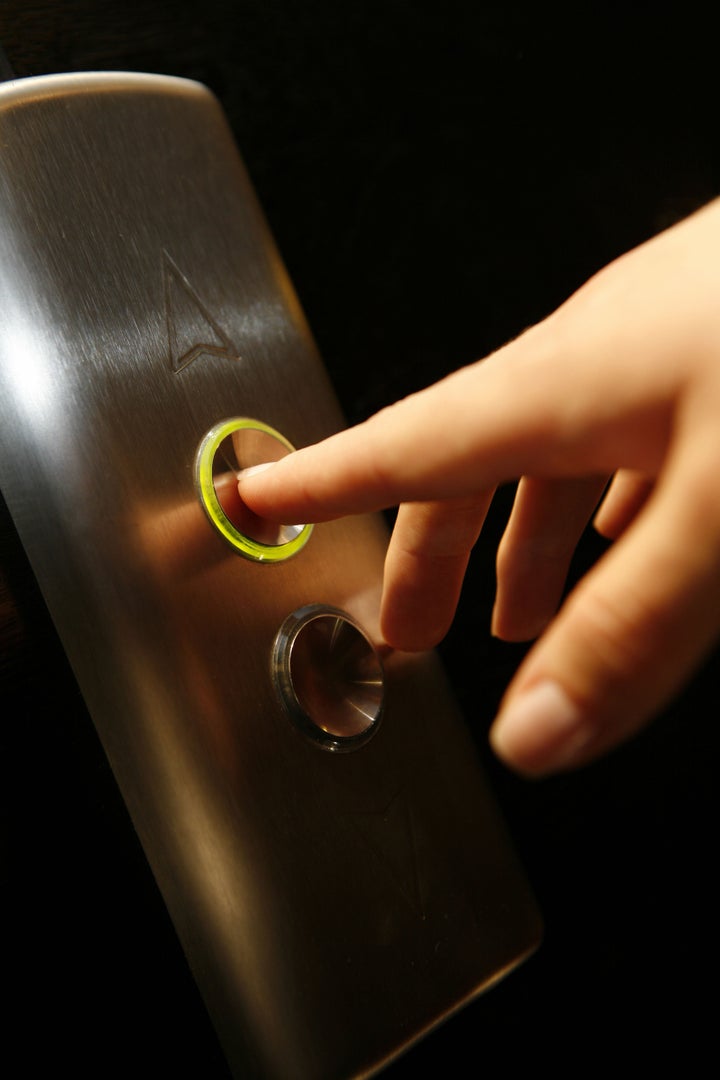
Elevators have been in the news a lot more than usual over the last couple of weeks -- and not for positive reasons.
A woman was crushed to death last week at California State University Long Beach after trying to climb out of her elevator car when it got stuck. The elevator, which weighed 2,000 pounds, dropped down on top of her as she was climbing out, the Los Angeles Times reported.
And just yesterday, a New York City woman was crushed to death after the elevator doors closed in on her leg as she stepped into the elevator car, dragging her upward between the shaft wall and the elevator car, the Associated Press reported.
After freak accidents like these, it wouldn't be surprising if more people were afraid to ride in elevators, ABC News reported. About 2 percent of the U.S. population have a "situational" phobia -- which includes riding in elevators and claustrophobia.
So the obvious question is: Are elevators safe? And what should we do -- or not do -- to keep our elevator-riding experience a safe one?
North Carolina-based elevator consultant and expert Charles A. Buckman said that people shouldn't be afraid to ride in elevators because they are extremely safe.
"Riding in an elevator is safer than riding in a New York cab, for example," Buckman told HuffPost. "Elevators are the safest mode of transportation in the country, without exception."
ConsumerWatch.com reported that elevator accidents that result in death are very rare -- about 27 a year -- though injuries from elevator accidents affect about 10,200 people a year.
However, the LA Times calculated that elevators make about 18 billion trips a year, so the fatality rate from elevator accidents works out to about 0.00000015 percent per trip.
Life's Little Mysteries explained what exactly it is about elevators that makes them so safe:
A 2009 report by Occupational Health & Safety attributes the rarity of elevator fatalities to "intricate, redundant, and regulated safety features built into every elevator." Elevators typically have four to eight times as many cables holding them up than they actually need, and they also have automatic braking systems near the top and bottom of the shaft, backed up by electromagnetic brakes. Finally, "at the bottom of the shaft is a heavy-duty shock absorber system designed to save passengers if all else fails," the report stated.
HuffPost asked Buckman some common questions and concerns regarding elevator safety:
Is it safe to hold the doors open?
In short, yes, Buckman said, because modern elevators are built to have their doors held open.
What happens if you go over the weight or people limit in an elevator?
The elevator quotas are simply a "general guesstimation of how many people should be on the elevator," Buckman said -- more an issue of how many people can safely and comfortably fit in the elevator, versus any possible risk that comes from squeezing an extra couple people in the car.
What's the best thing to do if an elevator gets stuck?
According to National Elevators Industry Inc., you should not try to climb out of the elevator if it gets stuck. (Re: The woman who died in the elevator incident at Cal State Long Beach.)
Buckman said that people should use the emergency phone or call button installed in every elevator car to ask for help, and then follow whatever instructions are given. Every elevator car is supposed to have an emergency call button or phone, even older elevators.
National Elevators Industry Inc. recommends staying calm and not panicking over lack of air -- there is plenty of air in the car to breathe.
Is it dangerous to jump in an elevator?
No, nothing "would happen as a consequence of jumping," Buckman said.
How often are elevators inspected?
In most parts of the country, elevators are inspected every year as part of conformance to the national elevator safety code, Buckman said. There will always be an inspection notice or certificate to prove the inspection of the elevator.